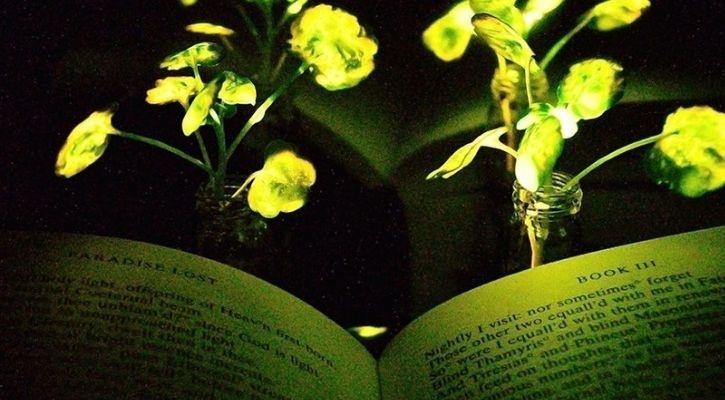
Engineers at MIT have created a light-emitting plant that can be powered by an LED in a novel invention. Specialized nanoparticles inserted in plant leaves were used in the plant’s manufacture. It takes around 10 seconds for plants to brighten, but they may be charged again and again.
In comparison to the first generation of glowing plants, these plants create ten times more light, according to a 2017 study by the same scientific team.
As explained by the study’s principal author, “the goal was to create a plant that slowly releases light by utilising particles that absorb light and store some of it.” Introducing plant-based lighting is a major shift in the industry.
One of the study’s co-authors called it “a daring notion” to harness the renewable chemical energy of live plants to power ambient lighting. It signifies a paradigm change in the way we think about how living plants may be used for lighting purposes.
All types of plants, including those produced by Strano, can benefit from nanoparticles that stimulate the generation of light. They employ nanoparticles which contain the enzyme luciferase found in fireflies as a source of illumination for these plants.
The burgeoning area of ‘plant nanobionics’ is based on the ability of functional nanoparticles implanted in a living plant to develop new functional features.
The new study is published in the journal Science Advances.
In the meantime, Strano’s group has been working on the new topic of plant nanobionics for several years. Using a variety of nanoparticles, the researchers hope to give plants new features.


Be First to Comment